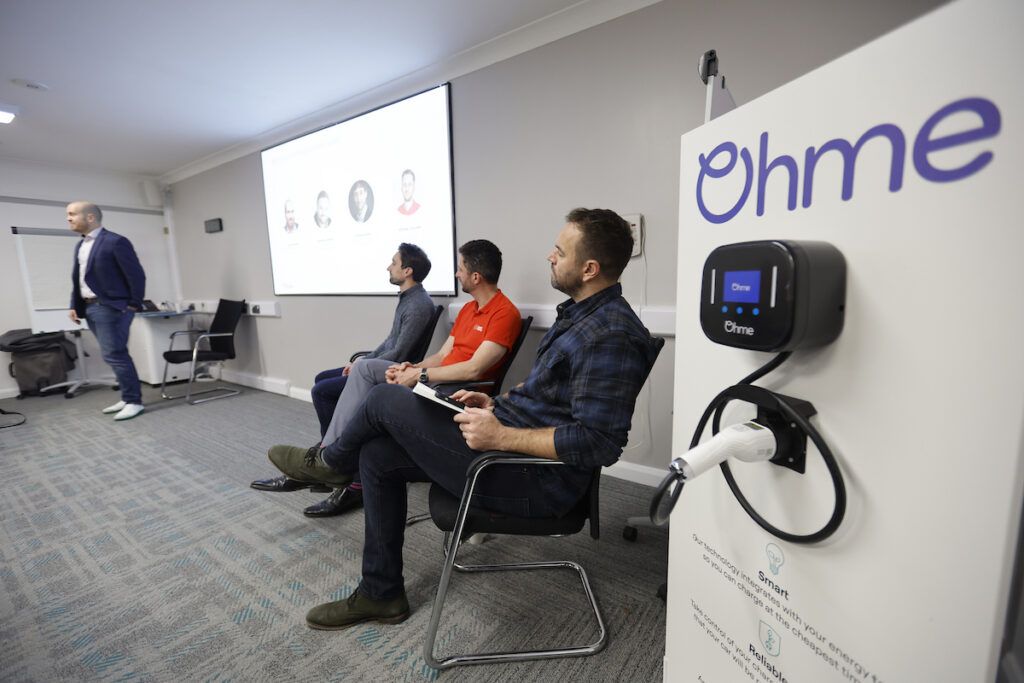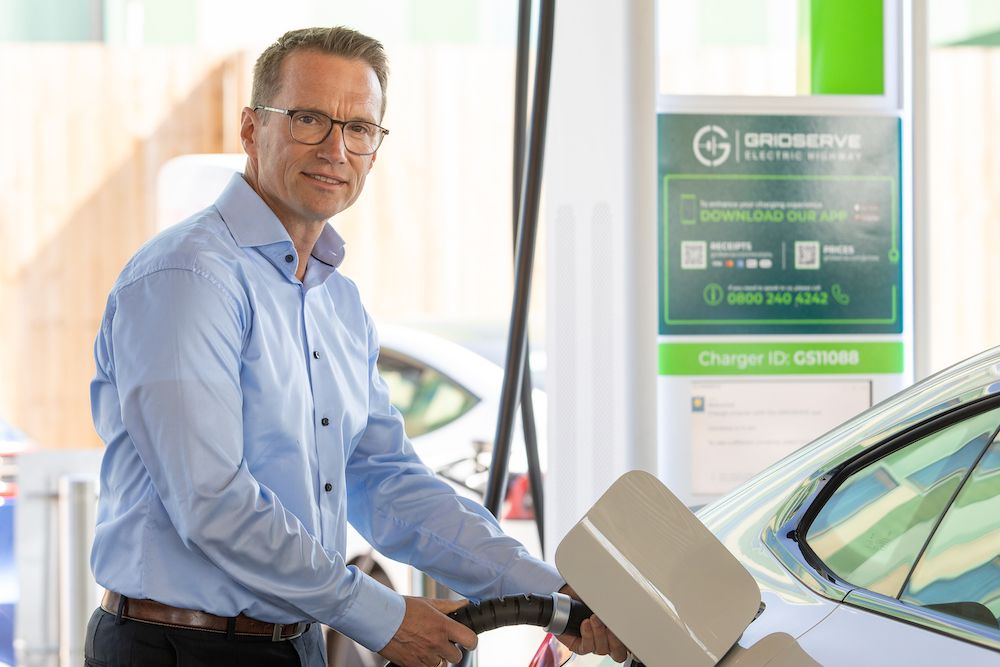Transport + Energy spoke to Ross Mabon, the Chief Operating Officer of rapid electric vehicle charging firm Zapgo, about its plans for the future.
Tell us about your business and how it sits within the transport and energy landscape…
Zapgo is dedicated to developing charging infrastructure at destinations in typically underserved areas, such as rural, semi-rural, and semi-urban regions. Historically, rapid and ultrarapid charging has been concentrated in major urban centres and along key transit routes like motorways. This distribution aligns with the current strong demand for public EV charging but does not account for the anticipated growth and proliferation of Battery Electric Vehicles (BEVs) in the coming years.
Zapgo’s commercial model mitigates risk for landlords by covering all construction and ongoing maintenance costs. Additionally, it offers a revenue-sharing arrangement on charging services, ensuring greater transparency and financial benefit for landlords.
What are your decarbonisation goals and targets both in the near term and by 2050?
At Zapgo, we’re bringing rapid EV charging points to handpicked local destinations. And we’re really going places – a fully funded company with 100 years’ combined experience, we’ve got a big, green plan for the future. Our ambition is to roll out 4,000 rapid and ultra rapid chargers at places that people want to be, real destination, between now and 2030
In what ways have you collaborated with other sectors and businesses, across both the public and private sectors?
Reflecting on the past 12 months, we have made significant advancements in our mission to provide rapid and reliable electric vehicle (EV) charging solutions to underserved areas across the United Kingdom. This progress has been facilitated by a £25 million investment from Canadian-based OPTrust, along with additional funding from Zapgo’s management team and founders, Kingsley Capital Partners.
We have forged partnerships with landlords, developing a pipeline of sites throughout the UK, and have established unique collaborations with organisations such as Fairgame and HeritageXplore to build our infrastructure in locations where individuals prefer to spend their time.
Our efforts have been supported by key delivery partners, including United Living, Morrisons, and Envevo, as we now move into the construction of these sites. Additionally, we have selected Alpitronic as our charging partner, whose emphasis on innovation and reliability aligns with our vision for a sustainable future.
What is your biggest challenge as a company?
The charging network must expand by 16-fold by 2035. If this were a simple task, the infrastructure would already be in place. One of our primary challenges is ensuring power availability at the needed locations. At Zapgo, we have been diligently working to address this issue. We are introducing rapid EV charging points at selected local destinations.
With no cost, effort, or risk for business owners, we enhance the appeal of these locations, allowing customers to relax, shop, or work out while their vehicles charge. This approach provides customers with an additional incentive to visit these businesses while generating a new revenue stream from day one.
What would you like to see from the UK Government?
Over the next decade, electric vehicles will play a crucial role in our efforts to reduce emissions and address climate change. Electric cars and vans will be central to the transportation of people, goods, and services across the UK. It is imperative to ensure that all regions of the UK benefit from this transition, leaving no one or area behind, and to remove barriers to EV ownership through collaborative efforts.
We have already observed substantial growth in private investment in public EV charging infrastructure, which is essential for the transition to net-zero transport. The Government must provide certainty and confidence for such private investments with a robust and clear Zero Emission Vehicle (ZEV) mandate. This will signal to both infrastructure providers and UK drivers that the transition is happening now.
To accelerate EV ownership, there must be a consistent approach across all initiatives. As we approach 2025, the implementation of Public Charge Point Regulations 2023 consumer regulations is expected to bring significant benefits.
However, further action is required to ensure fairness and consistency in delivering this essential infrastructure, particularly in areas such as pre-authorisation and standing and capacity charges:
For example, the Pay at Pump system for petrol and diesel involves a pre- authorisation that must be settled, with any remaining balance returned within two hours—this process is almost instantaneous and rarely noticed on bank statements.
In contrast, EV charging is not recognised as an Automatic Fuel Dispenser (AFD), meaning the same rules do not apply. The responsibility falls on banks to return any funds after the charge cost has been determined, which can take up to 28 days in some cases. This delay is a significant pain point for charging networks and
customers alike.
Currently, charging networks face substantial ongoing energy costs to maintain a fully utilised charging hub for the anticipated 2030+ marketplace. To encourage the transition to electric vehicles (EVs), it is essential that the necessary infrastructure be in place beforehand. However, charging networks require governmental support to alleviate capacity and standing charges, as it is unreasonable to bear the costs of future capacity today when fewer than 4% of cars on the road are electric.
How do you see the sector changing and progressing in the next 5, 10, 15 years?
It is imperative that society transitions to electric vehicles within the next decade for the sake of the environment. It is encouraging to observe that the expansion of the UK’s electric vehicle charging network is accelerating. Recent data indicates a 47% annual increase in the UK EV charging infrastructure over the past year.
However, a regional analysis reveals significant disparities; regions such as Yorkshire, the North West, the East Midlands, the North East, and the East of England each have fewer than 70 chargers per 100,000 inhabitants.
This figure is more than two-thirds lower than the provision available to Londoners, who benefit from 234 charge points per 100,000 residents.
Furthermore, these statistics highlight two critical aspects:
- The power capacity of installed charge points, which is crucial since higher power typically results in faster charging. Across the UK, there is an average of 18.5 charge points of 50kW or above per 100,000 inhabitants.
- The distribution between urban and rural areas, with 85.1% of chargers located in cities and towns, and only 7.5% serving rural communities. These figures underscore the substantial regional disparity in the availability of this essential infrastructure for electric car drivers. Addressing this issue is a key objective for Zapgo.








